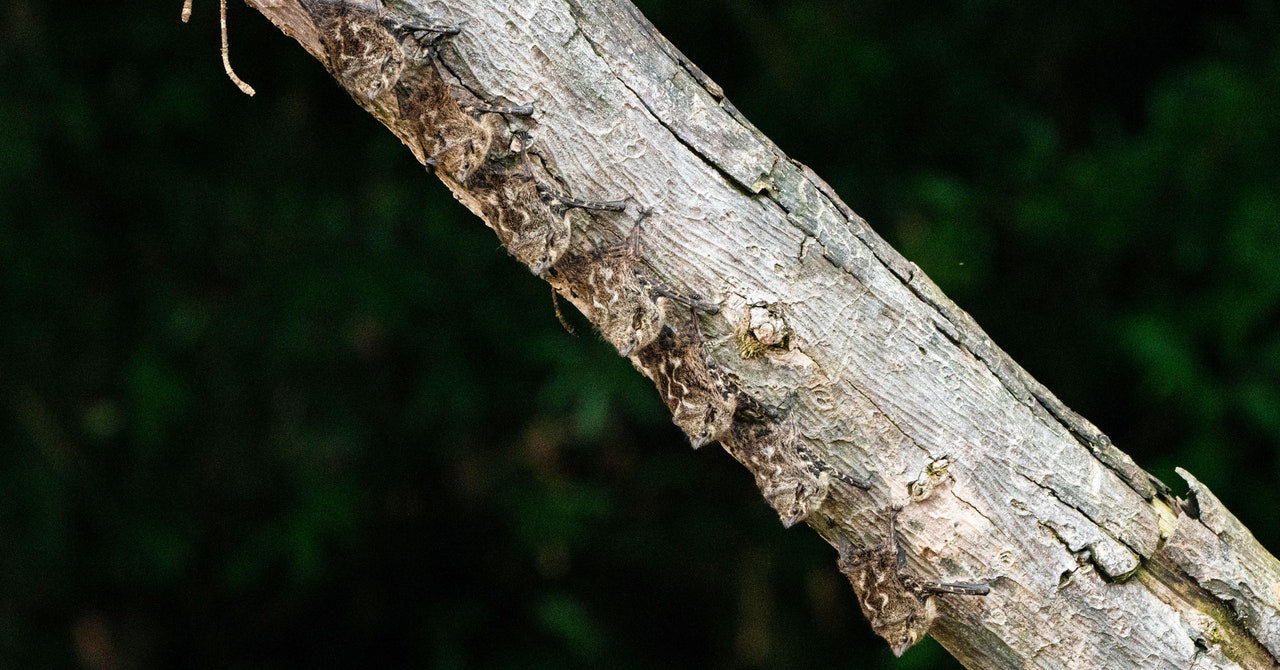
In 2019, in the journal Scientific Reports, Gómez-Ruiz and Lacher followed their earlier paper with the first study to examine how climate disruption is likely to affect the distribution of the agaves and the Mexican long-nosed bats. After modeling potential distributions in 2050 and 2070, they found that the overlap between the agaves and the bats will be reduced at least 75 percent.
Climate change is already taking its toll. Although droughts have always been a recurring part of life in northeastern Mexico, agriculture, cattle ranching, and other human activities have reduced the land’s capacity for water retention, and since 1960 climate change has raised Mexico’s mean annual temperature. Studies suggest that warmer temperatures increase evaporation in soil, exacerbating the lack of water and promoting desertification.
The severity of the situation led the Endangered Species Coalition to include the Mexican long-nosed bat in its 2021 report Last Chance, a list of 10 US species already severely imperiled by climate change.
Over millennia, many agaves have evolved adaptations such as the towering, nectar-filled flowers that have made them the bats’ favored food. At the same time, the bats have become the plants’ main pollinators, completing the mutualistic relationship. As the bats feast on agave nectar, their fur becomes covered with pollen grains. When they fly to another agave in search of more food, they transfer the pollen to a new flower, assisting in the cross-fertilization of the plant and boosting the species’ genetic diversity and resilience to environmental stresses. What’s more, agaves prevent soil erosion and provide food and shelter for a variety of other animals, from bees and birds to lizards and small mammals. If they and their bat pollinators disappeared, their habitats would be severely disrupted.
The relationship between people and magueyes, as agaves are known in Mexico, began about 10,000 years ago. The leaves were employed as an impenetrable thatch for dwellings, their hard fibers were used to produce strong cords, and the thorns were made into pins and needles.
Today, some agave species are still cultivated for fibers, and agave syrup is derived from the sap, known as aguamiel, or “honey water.” In fact, every part of the plant is edible, including the sweet flower stalks, which are roasted. When the juice of some agaves ferments, it becomes an alcoholic beverage known as pulque, long popular in some parts of the country. Distillation technology, possibly introduced by the Spanish, led to today’s multibillion-dollar tequila industry. Lear says that although most of the agaves utilized for these products are cultivated, wild populations are still exploited, and agaves grown for liquor production are harvested before they flower, leaving little to sustain nectar-feeding bats.
BCI and its partners have been collaborating with ejidatarios in northeastern Mexico on measures that preserve the bats by restoring the agaves that protect the land and support their livelihoods. According to Flores-Maldonado, Eshac began working with the Estanque de Norias ejido in 2013, monitoring the agaves and bats and educating the people about their importance to the health of their land. In 2019 they held an ejido voting assembly and presented a plan for how they could work together to restore the agave habitat. “They got the community on board,” says Lear, “and they worked with a group of the ejido members to design the conservation measures”—deciding, for example, where to plant the agaves and where to fence off small areas from their livestock while leaving enough grazing land for the cattle.


